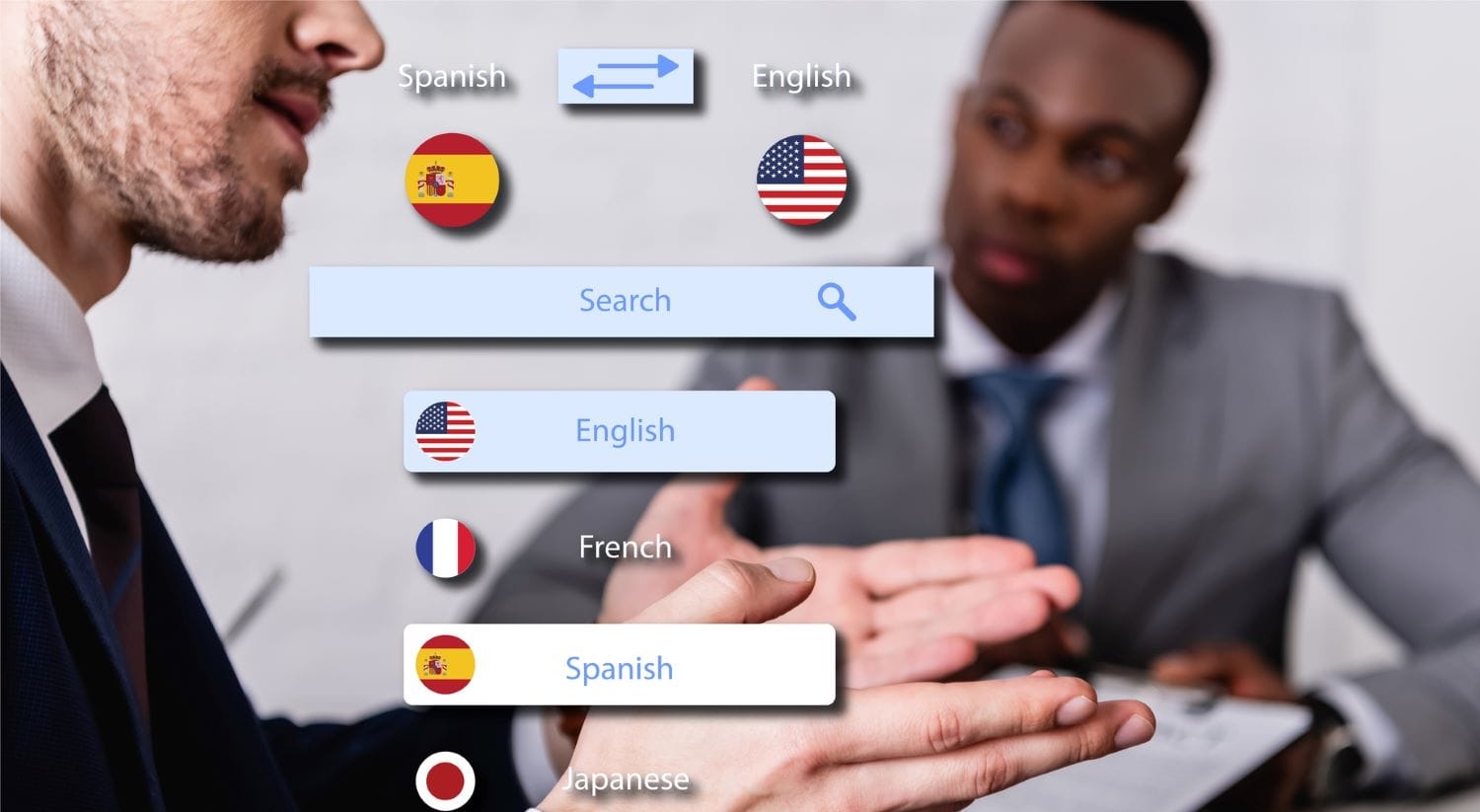
When you think of a translation app, what comes to mind? Perhaps those early devices that allowed you to type in text and receive a translation. Or maybe you imagine software that provides the meaning of a word or even a synonym. If that’s what you think… get ready to be amazed by the incredible advancements in translation technology today!
Nowadays, a translation app can do so much more. Modern innovations leverage AI and cloud servers to store millions of words, meanings, and pronunciations. Additionally, these apps integrate optical and audio recognition technologies to translate virtually any language—all from the convenience of your mobile device.
Today, we’ll explore some of the most astonishing advances in current translation technologies.
Are you ready to uncover what powers a translation app?
Let’s discover it!
A little bit of history: How did we translate a few years ago?
Talking about the past of translation—just a few years ago—feels like an exercise in deep memory. Few may recall that less than a decade ago, translating a word required analog devices. Yes, you needed to carry a translation dictionary or a cumbersome, slow, and barely functional electronic translator.
These electronic translators, akin to digital organizers, relied on a very limited database, offering only a few hundred words for translation. Similarly, early translation websites often produced more errors than accurate results. As a result, for a decent translation, you had to hire professional translators, which came at a steep price.
Everything changed with the rise of collaborative and open-source web platforms. Companies began enriching their databases with vast amounts of words and phrases from the most spoken languages worldwide. Over time, websites like Google Translate became increasingly accurate, gaining trust from users.
Recognizing the potential for fast and efficient translations, developers laid the groundwork for modern translation apps like Talkao’s translation apps. Let’s take a look at the technological advancements that led to today’s translation tools.
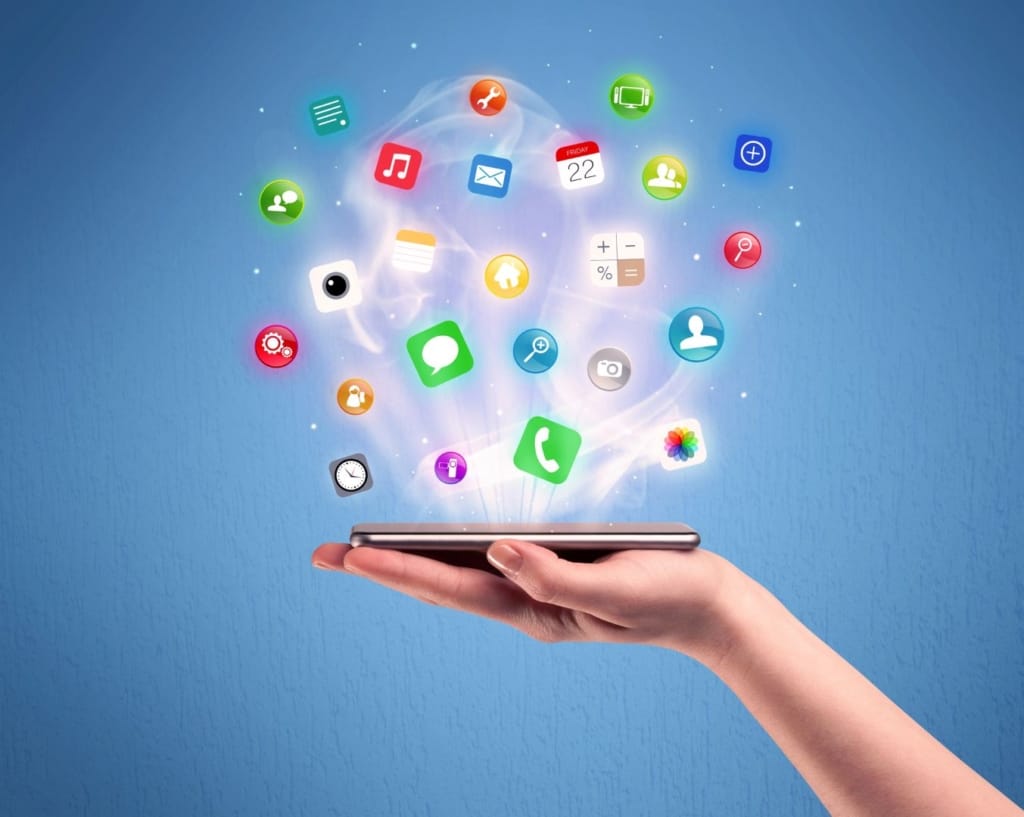
Solving a problem through technology
As with most technological innovations, the modern translation app was born to address a pressing need.
Globalization in business allowed, for example, manufacturers in India to sell products to shops in Paraguay. Or a wool coat from Scotland to reach the mountains of Nepal. While trade barriers gradually fell, a significant problem remained: language. A factory owner in New Delhi struggled to communicate effectively with a Paraguayan merchant, and a Scottish tailor faced challenges conversing with a buyer in Nepal.
Although international commerce has existed since Marco Polo’s time, intermediaries historically facilitated communication between trading partners. However, the rise of e-commerce meant buyers could directly connect with manufacturers worldwide.
Breaking down language barriers became an urgent need, and the solution had to be intuitive and, ideally, free for users. The answer came with advancements in Artificial Intelligence, Big Data, and multi-located servers, enabling developers to create translation apps that leveraged the internet and AI to continuously enhance their capabilities.
This led to the revolution of the modern translation app!
A revolution in a translation app: Beyond the basics
Now that you’ve seen why and how modern a translation app came to be, it’s time to explore what we mean when we call this technology revolutionary. As you’ll discover, the concept behind this innovation goes far beyond basic translation. It’s much more powerful than just telling you that “casa” translates to “house” in English or “heim” in German.
A modern translation app can show you how a word is written, how it’s pronounced, and its grammatical structure. It provides example sentences, phrases, and contextual uses of the word. Moreover, you can listen to its pronunciation and learn its phonetic application, making language learning more accessible and intuitive.
Multilingual and multiscript capabilities
But it doesn’t stop there. From a single word, you can explore how it’s written in alphabets beyond Latin or Greco-Roman scripts. For instance, you can learn to write the same word in Cyrillic, Chinese, or Arabic. A modern translation app lets you understand and use a single word in virtually any language worldwide.
This isn’t limited to the top five or six most spoken languages; these apps have the capability to translate into hundreds of languages, bridging communication gaps in ways unimaginable before.
From words to comprehensive text translation
So far, we’ve mentioned translating individual words, but apps like Talkao Translate go much further. They can interpret full sentences and even long texts with impressive accuracy. You could translate entire works like One Thousand and One Nights or Don Quixote without missing a single comma.
And all this happens from a written perspective. However, the advanced technology in a modern translation app incorporates image and audio translation, taking the concept to an entirely new level.
As we’ll see later, a translation app can solve the language differences using:
- Image translation: Using innovation, apps can scan and translate text from images, handwritten notes, or even unconventional fonts.
- Audio translation: Voice recognition technology allows real-time translation of spoken words, enabling seamless communication in everyday situations.
The possibilities are astounding, showing just how far translation technology has come—and hinting at even greater innovations to come.
The power of voice translation: Bridging the communication gap
Writing and translating a word, sentence, or even a full text is fantastic and incredibly useful. Imagine drafting an email or a letter that gets translated automatically as you type—what a game-changer! But what happens when it comes to speaking? You won’t always have the chance to type out what you need to say, and let’s be honest, we often don’t have time for that.
Picture yourself in a conversation with someone who speaks a different language, or imagine traveling to another country. Do you really think you’ll always have the opportunity to type out what you want to communicate? Thinking that way suggests you’ve never had the urgent need to find a bathroom in a hurry! In countless everyday situations, typing isn’t a viable option. And even if it were, it only solves half the problem: it lets you express yourself, but it doesn’t help you understand what the other person is saying.
The breakthrough in sound interpretation technology
To address this major challenge, developers turned to sound interpretation technology as the ultimate solution. Voice recognition technology dissects spoken sounds and identifies words instantly. It then compares these sounds to a vast database filled with different accents, inflections, and tonalities. By matching the input sound with the stored data, the translation app can find its equivalent in the required language in real time.
Apps like Talkao Voice Translator take this to another level. They can recognize millions of words and translate them into over 125 languages. With the help of artificial intelligence, these translators continuously improve their capabilities. Each search enriches the database, and thanks to machine learning, the app gets smarter and more efficient with use.
As impressive as this sounds, the innovation doesn’t stop there. Voice recognition is just the beginning of what modern translation apps can achieve. Get ready to discover the most cutting-edge features these tools have to offer!
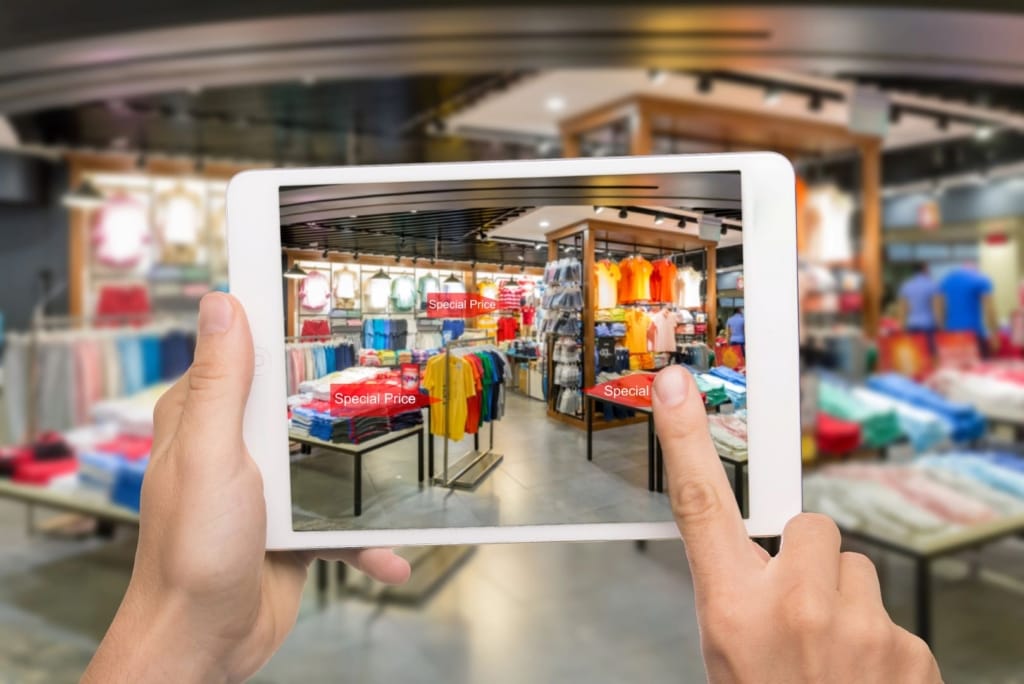
OCR Technology: A game-changer in translation
We’ve already explored how translation apps can interpret written text and find its equivalent in another language. We’ve also seen how voice can be dissected and matched with translatable phonemes. Impressive, right? But here’s the thing—it’s not enough. Let’s dive into why.
There are an astounding 293 types of alphabets worldwide. The Latin alphabet—the ABCs used in English, Spanish, French, and other Romance languages—is just one of many. In countries like China, Russia, Greece, or India, writing relies on entirely different systems of symbols compared to those used in most “Western” countries.
This creates a massive challenge!
Your keyboard is most likely configured to a QWERTY layout or a setup that includes symbols from your native alphabet. This works fine for translating between, say, Spanish and English or German and Italian. But what happens if you need to translate from Arabic to Japanese?
Although most mobile devices allow you to switch keyboard layouts to accommodate different alphabets, you still need to know the original language to type it in. This renders traditional translation apps ineffective when you’re dealing with a script you don’t recognize.
Enter OCR Technology
This is where Optical Character Recognition (OCR) technology steps in. While it might sound complex, you can easily grasp how it works by thinking of a routine activity like grocery shopping. At checkout, the cashier scans your items with a device that recognizes the product and displays its price.
A translation app equipped with OCR technology operates on a vastly superior scale. For example, apps like Talkao Camera Translator can recognize millions of symbols and perform real-time translations automatically.
How do camera translators work?
By using your phone’s camera, translation apps integrate OCR technology. A powerful software scans written characters and compares them against a database containing billions of words. In just fractions of a second, the app displays the equivalent text in your desired language.
Even more impressive, this process doesn’t require you to specify the source language—it works autonomously and at lightning speed. Whether the text is printed, part of an image, or even handwritten, the app can handle it.
AR Translation: The future is here!
If OCR technology impresses you, wait until you experience Augmented Reality (AR) translation. Remember the movie Terminator? The futuristic android processed visual inputs and used onboard computers to interpret what it saw. That’s no longer science fiction—it’s today’s reality!
AR technology identifies objects, people, and places, connecting them to the digital world. By using your phone’s camera, AR captures your surroundings and provides instant information about everything around you.
Powered by AI and machine learning, AR compares what it captures with its extensive database. It identifies objects and provides their translation in your chosen language.
AR translators in action
Tools like the Talkao AR Translator take this further by transforming real-time conversations into text. Acting as a voice-to-text converter, the app simplifies audio comprehension, which can be invaluable when learning a new language. It eliminates the complexity of accents and pronunciations, focusing solely on the linguistic essence.
All this technology has one ultimate goal: to help you overcome language barriers. In mere seconds and with increasing naturalness, translation apps are advancing by leaps and bounds.
What does the future of translation hold?
No one knows for sure, but one thing is certain—the capabilities of your smartphone and translation apps like those from Talkao will only become more astonishing.
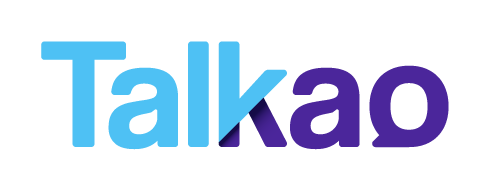

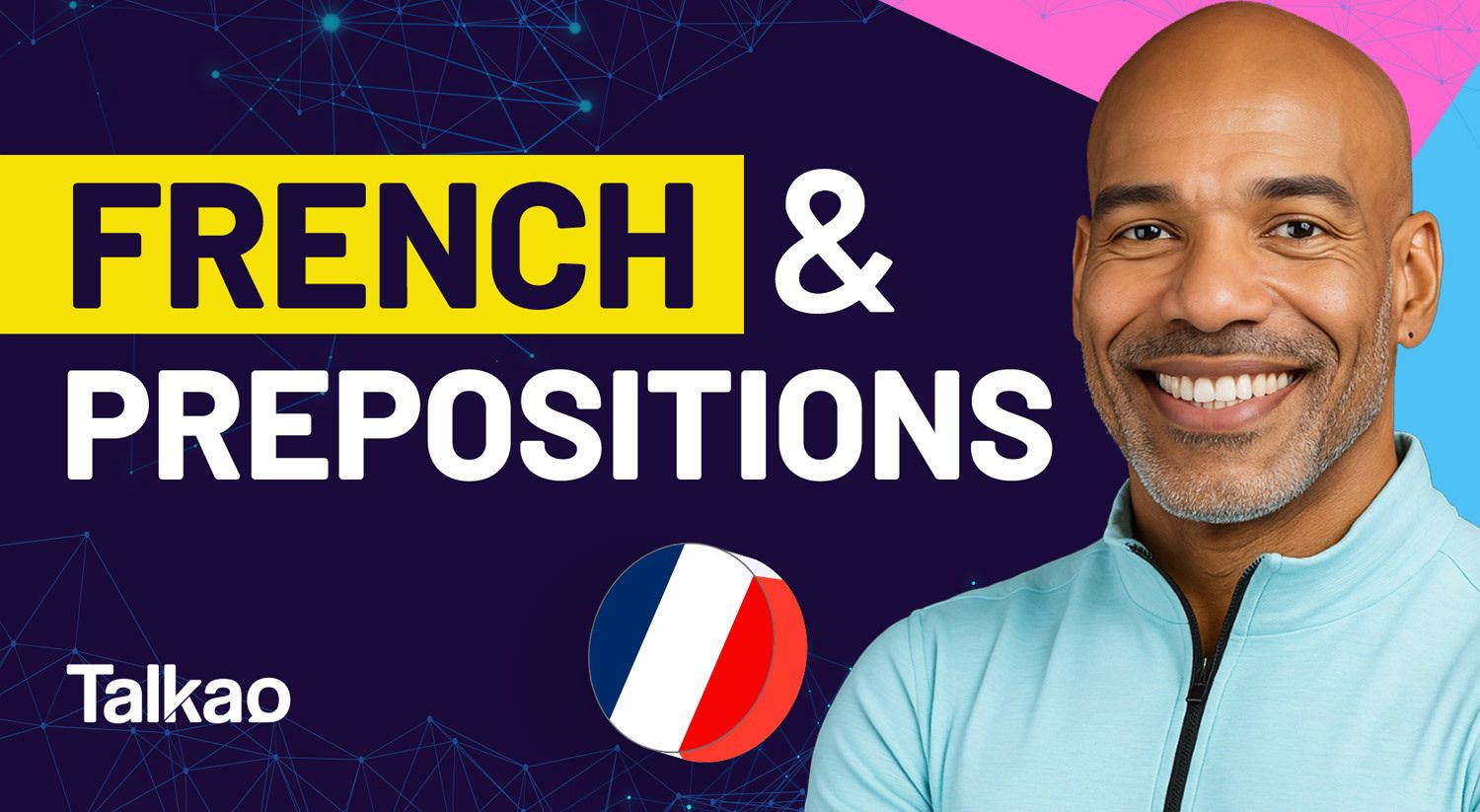
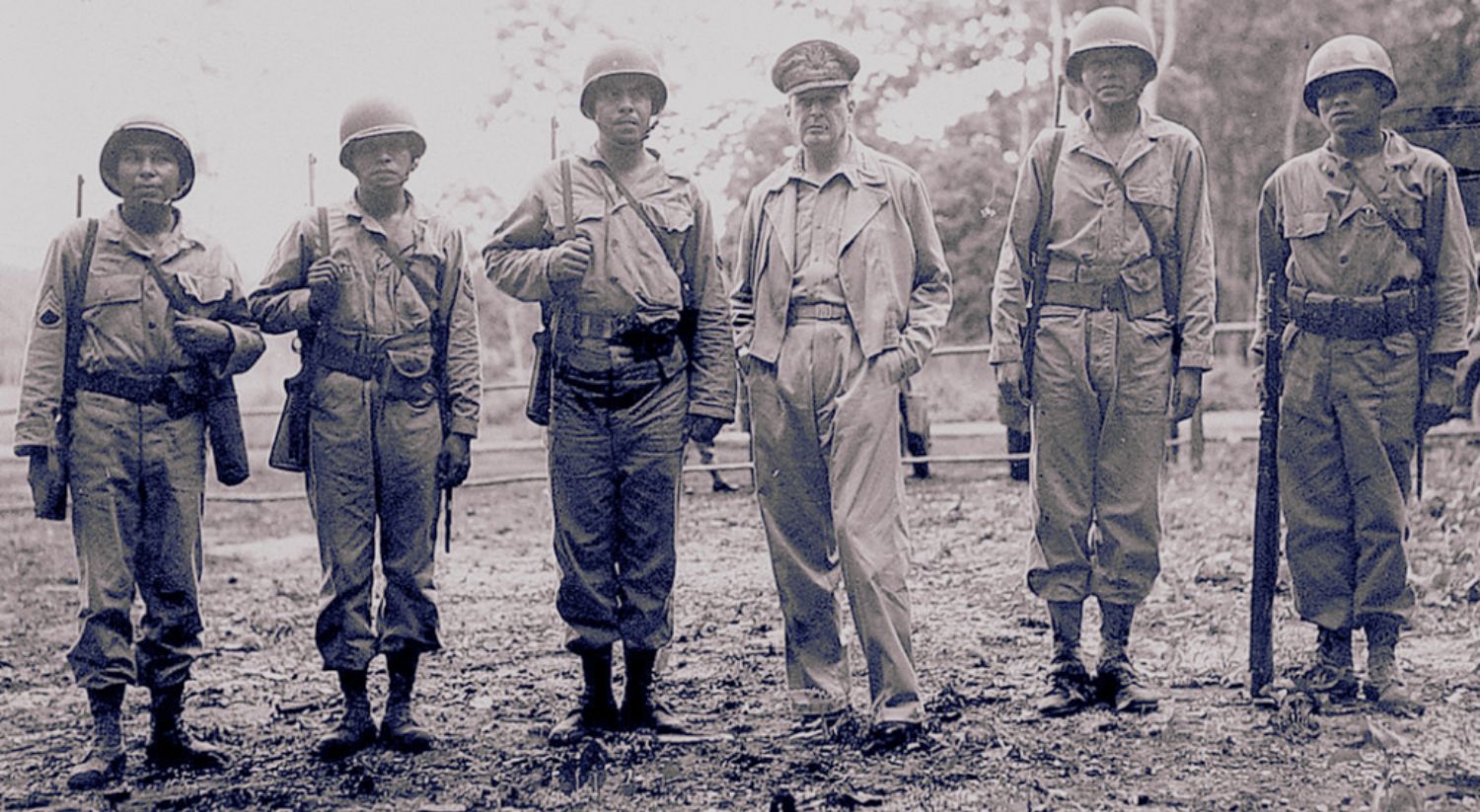
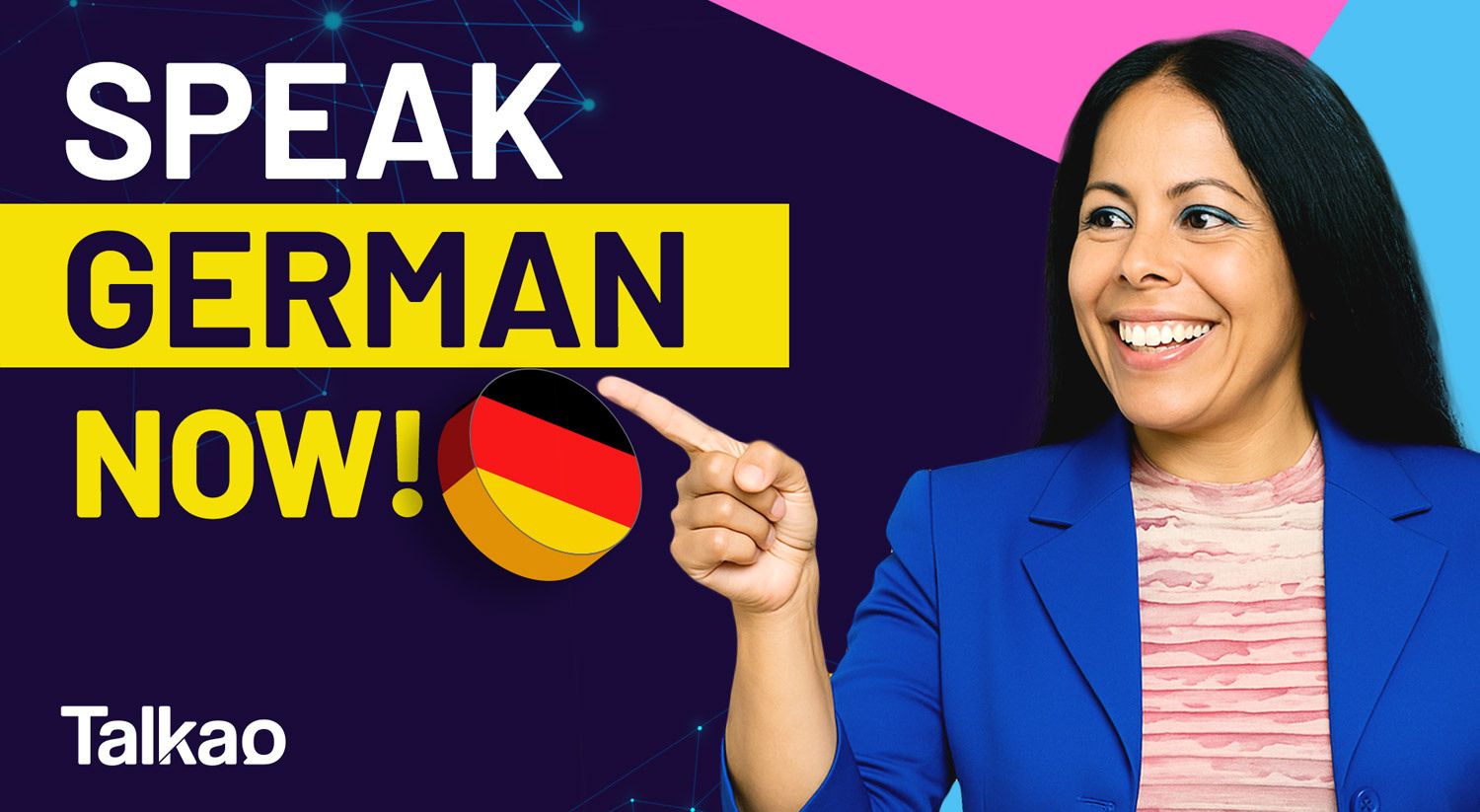
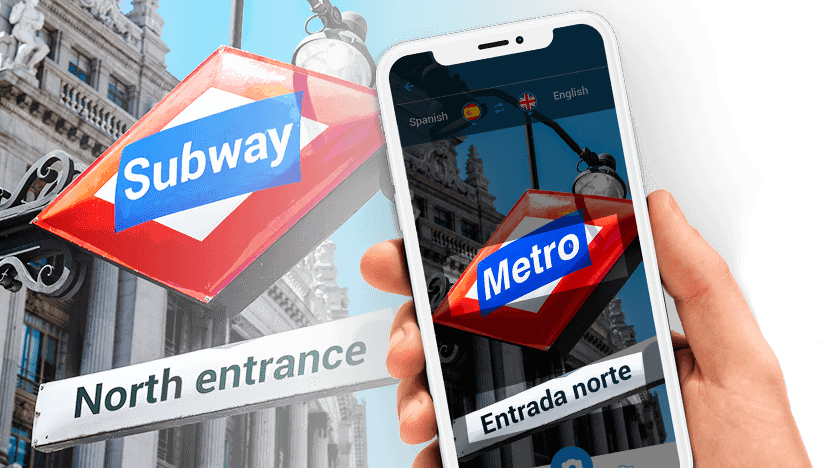




Newsletter